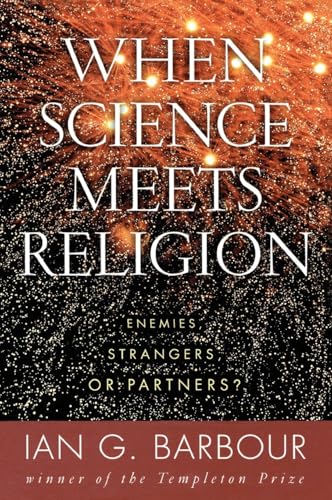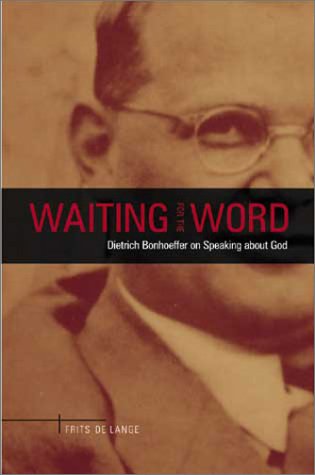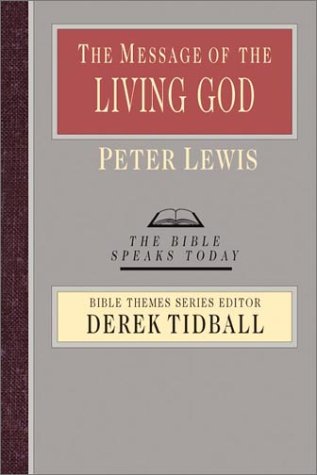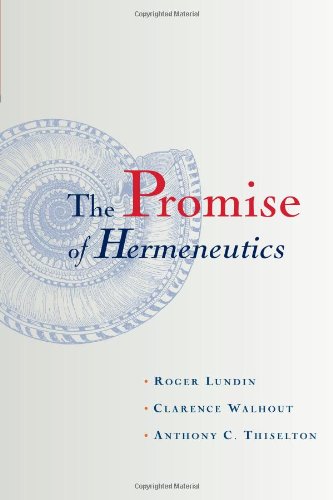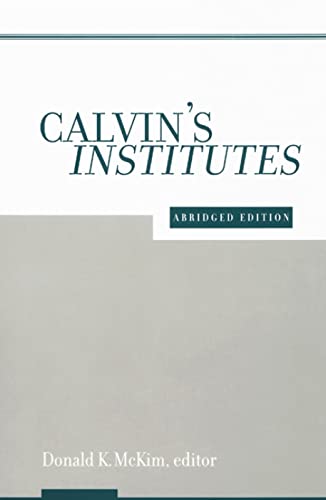Dictionary of Judaism in the Biblical Period
Written by Jacob Neusner (editor in chief), William Scott Green (editor) Reviewed By Andrew D. ClarkeThis dictionary was first published in 1996 as a two-volume Macmillan edition, now out of print. The scope of such a project is potentially considerable, consequently both the range and depth of material covered was closely circumscribed by the editors. The ‘biblical period’ is that period during which the Bible (both OT and NT) was being formulated and canonised, but is extended by some two centuries in order to include the Babylonian Talmud as well as the Mishnah. Tosefta and much Midrashic literature—the resulting span is from 450 BCE to 600 CE. The volume is marketed as a dictionary as opposed to an encyclopaedia; consequently, the articles present brief definitions rather than in-depth analysis. This compromise results in little contrast made between so-called assured results of scholarship and issues which are currently the centre of significant scholarly debate; articles are not accompanied by a bibliography which might list further reading; and the names of individual contributors are not listed alongside their respective articles. As a non-technical publication, Hebrew, Aramaic and Greek words are transliterated and spellings of names adopt the widespread English usage. The editorial panel and list of contributors commendably include both Jews and Christians, from North America, Europe and Israel—all specialists in their represented fields.
A project of this nature is always going to be a compromise of various competing interests and prospective markets. It may be, however, that at a number of points the specific compromises adopted are not to the best advantage of the religious and theological studies student. For example, the comparative length and selection of articles is sometimes anomalous: articles on ‘glass, gold’, ‘glassmaking’ and ‘glass vessels’ are together afforded twice as much space as the article on ‘Philo’ or ‘Rome’.
Another major drawback of the dictionary is the lack of indexes which might have offered important cross-referencing. For example, in addition to brief discussion of Egyptian synagogues in the article ‘synagogue’, there is further relevant material in the articles. ‘Egypt’ and ‘Alexandria, Jews in’ but the reader may not find these; and there is no reference to Egyptian synagogues where they might have been expected to occur in the article, ‘synagogues, diaspora’—Similarly, there is a cross-reference from hesed (see gemilut hasadim), where the term is treated in some three lines and translated ‘acts of loving kindness’. A much greater discussion of the term, however, is provided in the article ‘grace’, but the reader is not directed to this. There are articles on attitudes to Jews in selected NT books: the four gospels, Hebrews, James and Revelation. Acts is the principal focus of the article ‘Luke, Jews in the Gospel of, but there is no cross-reference to its inclusion at this juncture.
The value of the publication for students lies in the overviews that are provided of important subjects (e.g. synagogues), the brief definitions of technical terms (e.g. korban), and the identification of specific individuals, groups or locations (e.g. Hasideans). Unfortunately it cannot be relied upon as a major reference tool in support of arguments presented in student assignments. The Dictionary of New Testament Background (Downers Grove: Inter Varsity Press, 2000) may prove over time to be a more appropriate publication for the requirements of the theological and religious studies undergraduate.
Andrew D. Clarke
Andrew D. Clarke
University of Aberdeen
Aberdeen, Scotland, UK



